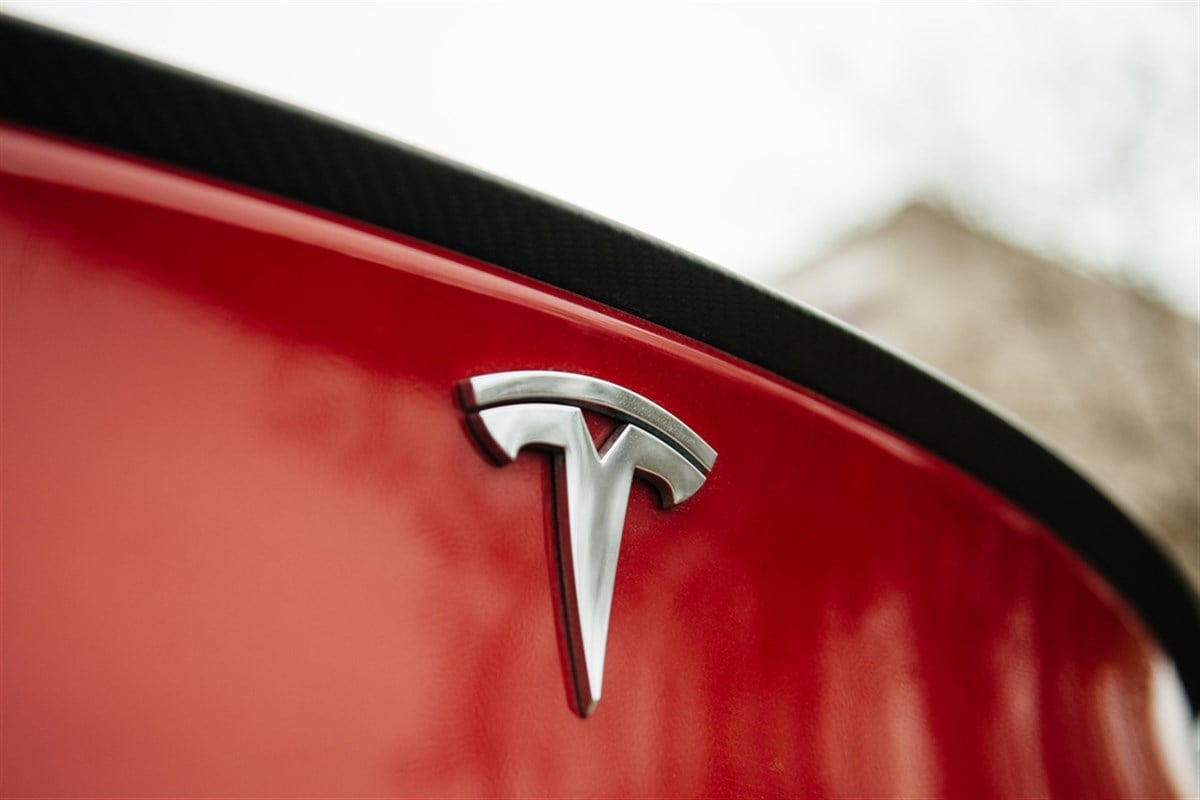
It’s tough to think of a company whose CEO is more polarizing than Tesla Inc.’s (NASDAQ: TSLA) Elon Musk.
But doubts about Musk, along with an embarrassing incident in which a new Tesla cybertruck got stuck in the snow, and a more serious safety recall situation, haven’t stopped Tesla stock from continuing to etch a potentially bullish double-bottom base.
Take a look at the Tesla chart. The stock is forming a near-perfect example of a double-bottom pattern. After retreating from a high of $299.29 on July 19, it fell to a low of $212.36 on August 18.
Tesla was actually trending right along with the Invesco QQQ (NASDAQ: QQQ) Nasdaq 100 ETF. Both Tesla and the Nasdaq 100 began rising again, although those new uptrends stalled out in September, Tesla’s a couple of weeks later than the Nasdaq’s.
Tesla stock then retreated to an early November low of $194.07 before beginning a new rally, also in tandem with the broader market.
Double-bottom often precedes new run-up
That second pullback is significant, as it undercut the first, and lends itself to the traditional double-bottom formation, which frequently precedes a breakout and runup.
It’s a potentially bullish pattern because the second pullback shakes out holders without conviction, setting the stage for investors who believe in the stock to grab shares at a lower valuation.
The current buy point for Tesla is above $278.98, and a trend line indicates the stock is on track to get there by late January, or even sooner if it posts some strong weeks of upside trade before that.
At this point, it doesn’t seem that setbacks, other than Musk’s own self-generated controversies, are weighing on the stock.
Cybertruck rescued by Ford F-250
In mid-December, the Internet got a good laugh at Tesla’s expense, as a new cybertruck got stuck in the snow in the Stanislaus National Forest in California and had to be rescued by a Ford Motor Co. (NYSE: F) F-250 pickup truck.
Tesla markets the cybertruck as "durable and rugged enough to go anywhere," and "built for any planet,” but the driver brought the vehicle into an area of the forest not designated for off-roading.
While that incident was snicker-worthy, a more serious situation also failed to put a dent in the stock.
Tesla Model S, Model 3, Model X, and Model Y vehicles are being recalled because of concerns about the safety of the cars’ Autopilot Autosteer system. Autosteer is a lane-centering assistance feature to keep a vehicle between designated lane lines.
Did Tesla blame drivers for cars' defects?
After that news was announced, there was perhaps an even more damaging development.
On December 20, Tesla stock fell 3.9% as the broad market gave up some gains after weeks of upside trade.
For Tesla, part of the decline was likely due to algorithmic trading, but Reuters reported additional news about the company’s knowledge of vehicle defects, potentially going back at least seven years.
According to Reuters, Tesla is facing an inquiry by Norwegian regulators regarding into suspension failures that could result in yet another recall. Norwegian authorities said they have asked Tesla to review consumer complaints about control arms breaking in Model S and X cars.
A Reuters investigation found that customers have been telling Tesla about parts failures on low-mileage cars since at least 2016, with the automaker reportedly blaming drivers for these problems.
Rolling out new products too fast?
According to Reuters, “Tesla’s handling of suspension and steering complaints reflects a pattern across Musk’s corporate empire of dismissing concerns about safety or other harms raised by customers, workers and others as he rushes to roll out new products or expand sales.”
Meanwhile, Norway’s auto safety regulators told Reuters that it’s possible they may ask Tesla to replace certain parts. They haven’t yet said what measures they plan to take, but expect to announce before the end of the week.
At this juncture, despite being a growth stock and part of the Magnificent 7 that helped lead markets higher in 2023, Tesla’s price action lags other automotive stocks, including Stellantis N.V. (NYSE: STLA) and even fellow EV truck maker Rivian Automotive Inc. (NASDAQ: RIVN), which has been seeing strong revenue growth amid upbeat production guidance.